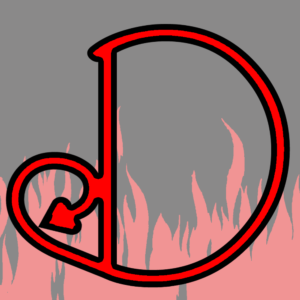
An extra-long, extra-rambly conversation about Krampus this week…happy St. Nicholas’s Day! Okay, it’s a fair cop, Krampus is only tangentially related to hell, and we spend more time talking about how he’s not related to hell than how he’s hell-adjacent, but such is life. Anyway, “The Dispatchist” aims to be a slightly boozy conversation about Hell, and I think we achieved the first part of that mission quite well…We circle back on a lot of topics (particularly the Yule Lads and Perchta), with apologies if the narrative thread is hard to follow.

We trust Steve the Bartender’s advice on how to make a Rusted Nail, a mixture of scotch whiskey and a scotch honey-herb liquor from a 1750 recipe. We trust him because his last name is “the bartender.” We do not trust Thrillist’s advice on how to make Pruno. We’re not sure we’d trust ANY advice on how to make Pruno.
But special after-the-fact callout for the Krampus Cocktail recipe. It sounds actually kind of special, with a peaty-sweet-bitter flavor, and a cherry and charcoal powder to give it a red and black color palate. Garnish with twigs, serve cold.
My sources were, I promise from all over the Internet and several books. But honestly, it didn’t matter, because one person has already won the Golden Goat award in Krampus Research for his book: The Krampus and the Old, Dark Christmas, and that person is Al Ridenour. As it happens, Ridenour has a really well-produced podcast called “Bone and Sickle,” which sits at the intersection of folklore and horror. It’s also got a fair amount of theater of the mind and campy theater, and is quite fun and quite informative. Obviously, the episodes on Perchta and Krampus Dualism are good starting points!
I didn’t plagarize Al Ridenour’s work, I promise, certainly not intentionally, but after this excellent book and podcast all we really had left was some pop culture and net.spirituality to fall back on…
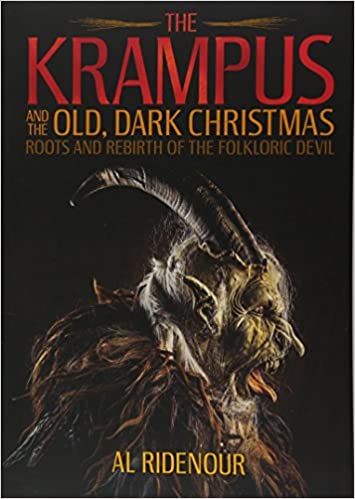
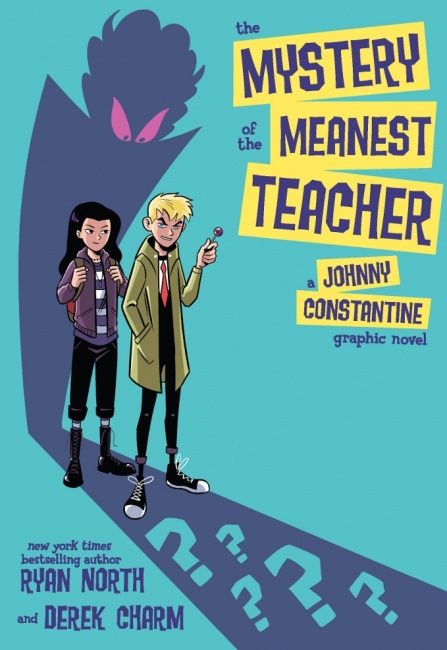
Two comic book callouts this episode. The first, “The Mystery of the Meanest Teacher, a Johnny Constantine Graphic Novel,” is a tweenies version of Hellblazer, which looks cute if a little bit too scooby-doo. Constanine is a really edgy character, and he seems like he might be a little…flat…if he was popped into a kid-detective story. Although it would be impressive if they addressed the bisexuality element, which actually is important to his development as a wizard. Probably not 🙂 Anyway more on this one at DC comics, with preview. And…oh my…Kiddie Constantine makes an appearance on Justice League Action, in what seems to be Sandman’s House of Mystery setting, complete with several appearances by Cain! At least two of the hosts are Sandman fans, so this is a callout that clearly needed to happen.
Second comic reference: Image’s “Krampus!” This version of Krampus is overworked, sympathetic, and kind of a hottie. The Santa world is clearly ethically compromised, but Krampus’s clear moral compass and lack of ethical ambiguity looks like it will be particularly useful here. Good and evil are much harder to work with than naughty and nice.
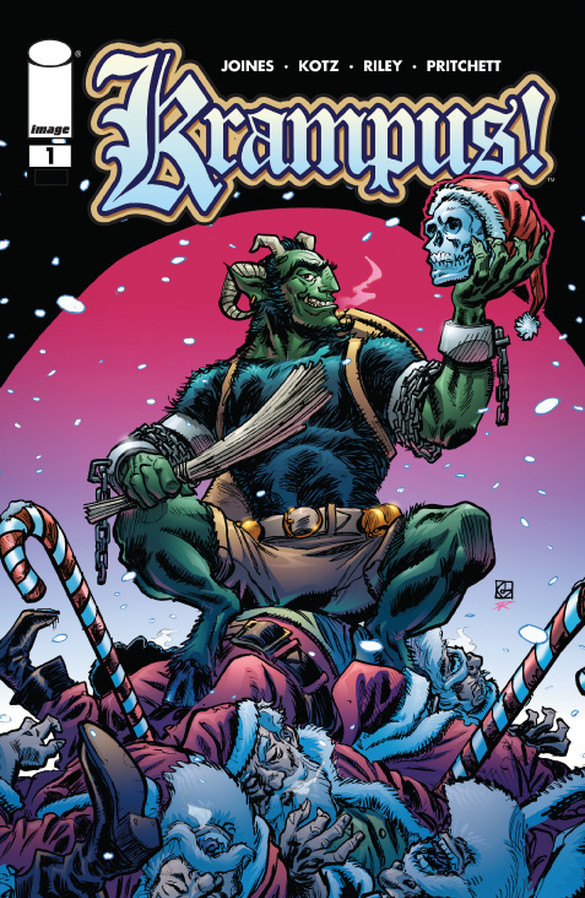
Sabrina: Victoria references the Sabrina Christmas Special, wherein a somewhat Perchta-esque sorceress dispatches a very goaty yule demon. Jamin and Jacob were favorably impressed with the episode where a bunch of people ended up in their skivvies.
Organizing this episode was challenging. Jacob started on a more academic path, but that wasn’t really satisfying, and there were so many ways to tackle Krampus as a topic, and the different threads wove together in ways that really defied linear storytelling. So here you go. Like many United Statesians, Victoria and Jacob’s first exposure to Krampus was through the vintage “Krampuskarten” (fun gallery here). “Grus Vom Krampus” means “Greetings from Krampus,” it’s not his name. I thought it was his name originally. We’ve all grown older and wiser. -Jacob
We spend a fair bit of time bouncing around Austria in this episode, looking at Krampus-Culture from a substantial distance. This video from Bad Gastein takes a fairly family-friendly approach to the topic, with children singing and a St. Nicolaus visit. This one is just a bit darker, look for the mock-brawl “rempler” at 1:25 or so. The sound of the bells is kind of maddening. Both sides are a part of the fun. There may be a better video of this sort of thing, this particular hausebesuche/house-visit is more St Nickolaus than Krampus, but it shows the dynamic (and scared children) well.
One issue (?) that gets a fair bit of mention in Ridenour’s book: new-style Krampus that have latex masks that seem more in line with hollywood horror than in a traditional pre-Christmas family visit. These gothy horror masks seem out of place against the carved-wood looking ones. This is definitely not my world, but the house-visit with a hollywood style latex mask seemed quite jarring. Neither here nor there, and now I can’t find the youtube clip, but you can see both styles in these videos. Locally I did find this page about a 2020 Krampus run and contest in Austin, but it does appear to have been cancelled because of the plague.
Two Krampus shops that Victoria and Jacob have been window-shopping from afar: Krampusshop, which has a nice range of DIY krampus supplies – and Spitz-Teufels Design, which seems to be more driven by a maker-designer (Jacob loves the bells in particular.)
On the “Mary Lwyd” (image at right from Wiki): This is a Welsh tradition that, according to Wiki, goes back at least to 1800., wherein a horse’s skull on a pole bounces around in a very “Punch and Judy” manner. There’s a similar, but massively less creepy, version, “the hoodening.” This (and the Mary Lwyd) are both door-to-door wassail-type traditions, the Hoodening has a much larger cast of characters. Maybe? The Mary Lwyd sometimes came with a flock of Punch and Judies as well, and it seems like when the tradition plays out in full there’s a range of merry men, punches, judies, and etc. Also in the tradition, the full party would go door to door, where they were generally given a number of excuses why they couldn’t come in, until the household ran out of ideas (I love this tradition–Jacob). Then they burst in, and there is chaos, songs, and the usual door-to-door drinking and merriment that makes up a solid Wassail tradition.
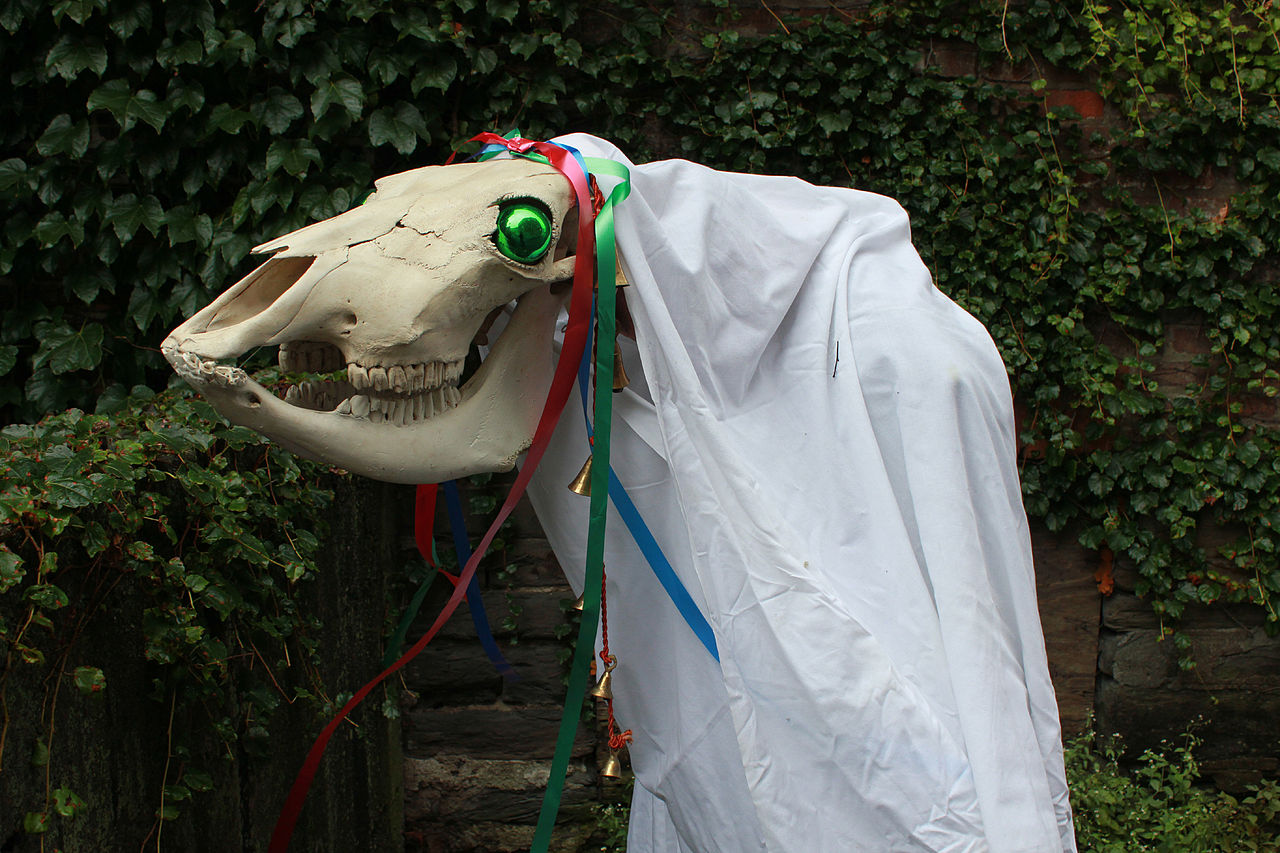
Jacob’s brief name-drop here: The Feast of Holy Innocents is celebrated around December 28, commemorating Herod’s slaughter of the young children in the Christmas narrative. It’s one of a huge number of inversion holidays; in this case children were temporarily appointed as priests, parents gave up their parenting authority for a fair bit, and the youngest monks and nuns were made Abbot/Abbess for the day. Also, to remind children of the solemn dignity of the day, it was appropriate to whip them. This specific tradition hasn’t been revived. “The Feast of Fools” was around January 1, and had still more misrule and inversion of the natural hiearchical order of church/lay community. The two celebrations overlapped, with some similar foolishness running really from Christmas through Epiphany. Now, stop reading this and watch “Topsy Turvy” from Disney’s Hunchback. This sort of inversion celebration, which reached its orgiastic climax in Carnival/Mardi Gras, was an absolutely necessary safety valve in a world of strict hierarchy.
Maybe this link will work: “Wolfauslasser” page in translation. It’s late winter in Bavaria, and there’s no need for shepherds, because the flocks have come home. Along with them, the shepherds and herdsmen have come back, and would like to be paid, thanks. This tradition expands and picks up a fair amount of Wassail-type traditions, the shepherds go door to door. The entire thing gets pretty complex, with “wolves” (groups of mischievous bell-ringers) loosely being steered by “shepherds”, in a sort of managed chaos. This video from captures the solemn dignity of the event. This one has more of a “weird march across the town square” vibe. Both sound like a rugby team rolling a dishwasher downhill.
Rankin/Bass Christmas Specials…we’re really all over the map this episode! Rankin/Bass’s adaptation of The Life and Adventures of Santa Claus is really pretty and hits a few yule/pagan notes that you don’t often see in Christmas TV specials. Baum himself wasn’t particularly Christian, he was a member of the Theosophy/Spiritualist movements popular around 1900, which had a more gnostic view of faith (truth comes from internal revelation, that sort of thing) and were less hierarchal/patriarchal than most of the churches of the day. The “Heat Miser” song from “The Year without a Santa Claus” is just fun.
Sadly, Rankin/Bass never did a Krampus special, but Anthony Bourdain did, so there’s that.
“The Companions of St. Nicholas” are a collection of characters that travel with St. Nicholas on his journeys . There’s a mixture of positive characters and destructive and dark ones.
- Knecht Ruprecht: Old man, wears fur, beats children with sticks, may also be the name of a devil (or tied to Robin/Puck).
- Krampus: Well, we know about Krampus, he’s on the list though.
- Belsnickel – man, fur-covered, gives candy or coal. Also called Kriskinkle.”
- Zwarte Piet – Moorish, frequent blackface, colorful renaissance poofy clothing, beats children with sticks. Later in the episode (39:27) Jamin gushes about this Swarte Piet costume.
The Yule Lads are a cluster of christmas monsters that live in a cave together and harass children (this is clearly a “thing”.) There are thirteen main ones (after Yule Cat), and then some more obscure ones (after Candle Stealer):
- Gryla: Giantess, cooks children in pot.
- Yule Cat: Large, feline, eats children who haven’t gotten new clothes for Christmas. Bjork did a song about him. Her. It?
- Sheep Cote Clod: harasses sheep (?) but ineffectively because of his little peg legs.
- Gully Gawk: Hides in ditches, steals milk from cowshed.
- Stubby: Short, steals pans, eats crust.
- Pot-Scraper: Steals leftovers.
- Bowl-Licker: Hides under beds to steal food left in bowls.
- Door-slammer: Self-explanatory, really.
- Skyr-Gobbler: Skyr is kind of like yoghurt. Fill in the blanks.
- Sausage-Swiper: I’m noticing ap attern here.
- Window-Peeper: Sort of a breaking-and-entering specialist.
- Doorway-Sniffer: Steals bread. Specifically leaf bread, which you may have seen on the Great British Bakeoff’s holiday special. Seems harmless unless you’ve made major plans around leaf bread.
- Meat Hook: Steals meat (should have been scarier somehow)
- Candle-Stealer: Candles used to be made of tallow, and therefore, edible. Yum.
- Lung-Splatter: Beat children with either sheep’s lungs or his own lungs?
- Smoke-Gulper: Would inhale smoke from smoked lamb and blow it at people. This is very specific stuff here.
- Spring-Drainer: Something about blocking up springs so they don’t flow?
- Fat Sock, Fat Nostril: I don’t know why you’d cover a sock in fat and try to stuff it up your nose.
- Lamp Shadow and Knot Loosener: Together, this pair would douse the lights and loosten knots, which seems like an excellent combo for a few yuletide broken bones.
- Skirt-Sweeper: Blows off women’s hats and presumably blows their skirts around.
- Cliff-Rift (?)
- Godly Worm?
- Small Balls?
- Dung-Channel Licker (something about cow-sheds, not…whatever…)
- Baggalutur (ambiguous, means either “small boy” or “round rock”)
- Thorlakur: possibly a misplaced bishop
- Barn Bundle (?)
- Kleinusniker: something like “doughnut-begger.”
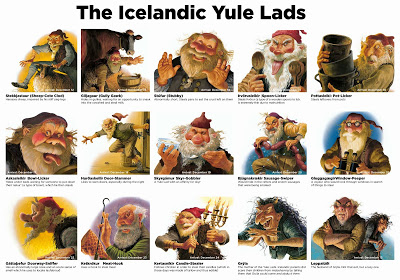
Lots of great yule-lad pictures over on “Christmas is Awesome and So Should You.“
In less absurd news, this article from Smithsonian suggests that, since nice new clothes were a reward for doing your chores in a timely manner (e.g., before christmas eve), the Yule Cat really was eating people who hadn’t done their chores, not simply eating people who didn’t get new clothes for non-chore reasons. I feel a bit better now. – Jacob
Perchta the Christmas Crone seems more than anything else like an older, somewhat less entertaining (but still scary) Christmas Bogey. There’s so much to talk about with her, we really can’t even scratch the surface–she’s a shining winter goddess, a terrible christmas troll, a Yule goddess of death and rebirth, the gender-swapped leader of the Wild Hunt…even an early incarnation of Mother Goose, if Al Ridenour is to be believed. She’s also the thread that connects Krampus to Hel, the goddess of the underworld (per National Geographic). Brom has a fun article about Krampus pre-dating his novel AND the National Geographic article, which may be one of the sources of the Krampus-Loki connection, but…it seems quite tenuous, either “Krampus takes children to Hell (spelled ‘Hel’),” or “Krampus is a later incarnation of Perchta, who is related to Holda, who is a Norse goddess of death with a name beginning with “H” and therefore interchangeable with Hel, who is Loki’s daughter.” This…really smacks of net.paganism more than actual mythology. I could be wrong, I’m happy to be wrong. – Jacob
A bit later in the episode (46:25) Victoria mentions Perchta’s appearance as a tiny, creepy little angel in the 2017 Krampus movie. This seems like a throw-away reference though, she really doesn’t get any development.
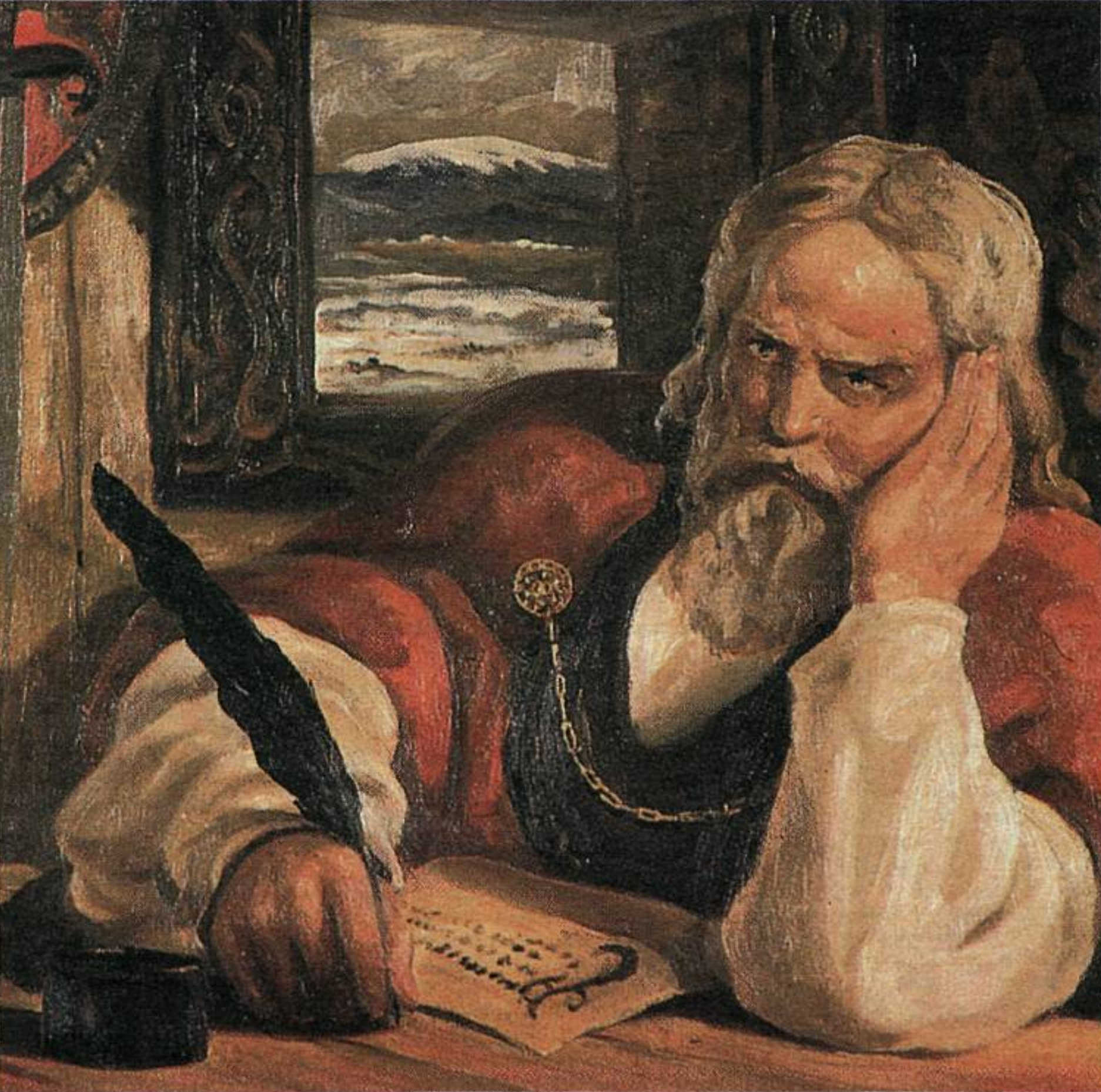
Snorri Sturluson looks like a grumpy Santa Klas. He was quite a big name in Iceland around 1200, a historian, politician, and author of the Prose Edda, which is one of the big important compilations of Norse mythology, and quite possibly one of the main vehicles to keep the myth alive into the current year.
Hesiod was a Greek poet who might or might not have existed, but did write “Theogony,” which nailed down a lot of Greek myth (accurately or not? Hard to say, but at least it was in one place.) He does not look like Santa. He looks like someone whose goldfish aquarium is being murdered one fish at a time.
I only mention them together because they both boiled down massive amounts of myth into a convenient paperback edition. Thank you, Snorri, Hesiod.

Wikipedia’s article on Kinderschreckfigure, a collective term for a huge number of awful child-eating/maiming/scaring figures, is fascinating, but hard to read if you aren’t solid on your German.
Did you know that smurfs, and by extension Krampus, reproduce parthenogenically on the blue moon? It’s true. However, Brom’s very good Krampus novel may be found on Amazon, see “Krampus The Yule Lord.” And Loki absolutely turned into a mare to distract a stallion with his feminine wiles, giving birth to Sliepner the eight-legged horse. How is this a paragraph? These aren’t even linked concepts.
The invention of childhood: Thankfully Wiki has an article on the history of childhood. So we can point at that. Childhood has a brief romantic “age of innocence” period in the 1760s. But modern childhood was a victorian sor of thing, where childhood was sanctified and important as its own period, and children’s literature starts to be a valid literary form (Alice in Wonderland, Wizard of Oz). The idea that children are a special, protected class seems to be post-1800s, when a series of labor and family-protection laws started to end chimneysweeping and long hours at the cotton mill for the kiddies.
John Gardner’s Grendel is a monster point-of-view retelling of “Beowulf.” The main character is, indeed, monstrous, but sympathetic as well, and (if I recall correctly, it’s been a few years) the question of “who’s the real monster” becomes dicey at the end. It was made into a sweet if rough Australian animated film, “Grendel Grendel Grendel.” Sad, just a bit touching, particularly since we know how it ends.
Podcast: Play in new window | Download
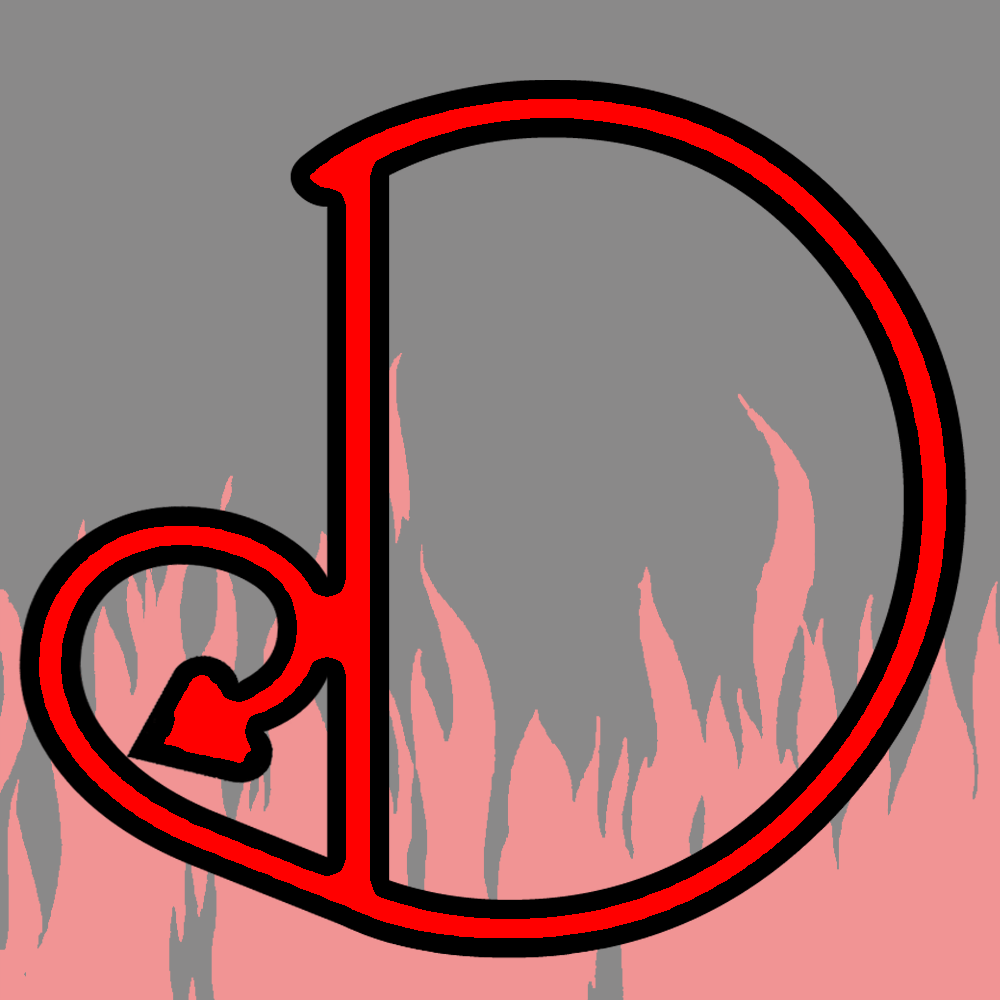
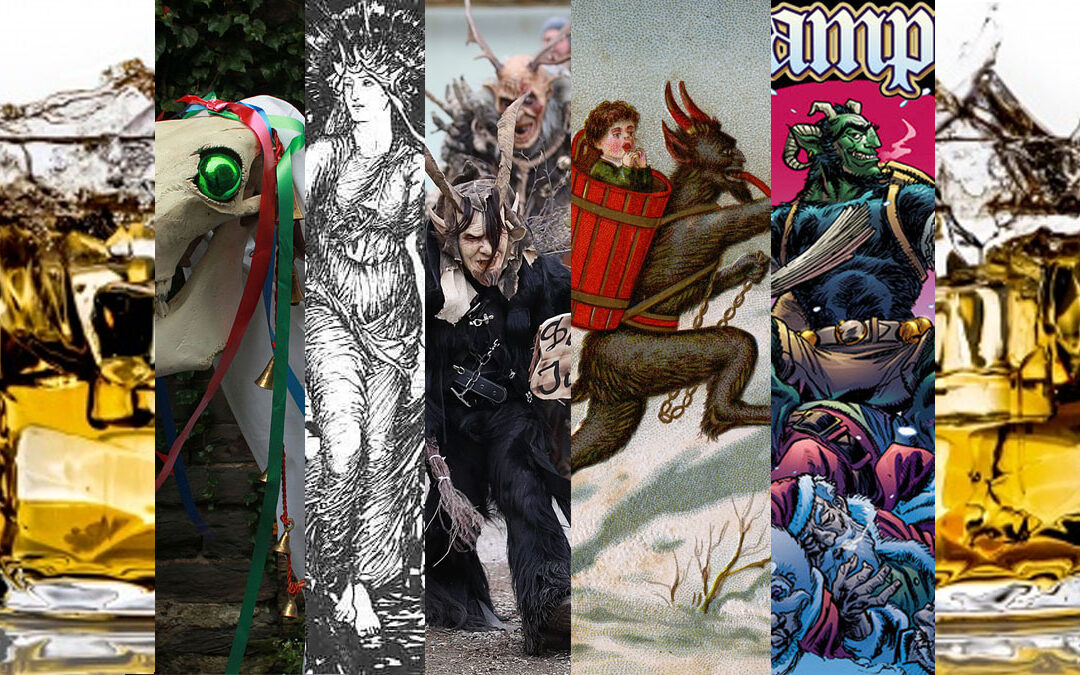
Trackbacks/Pingbacks